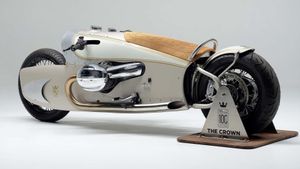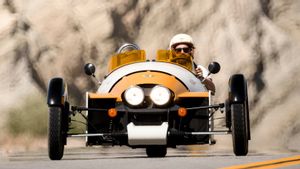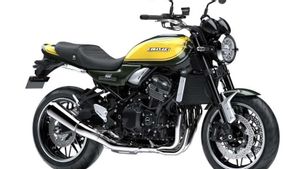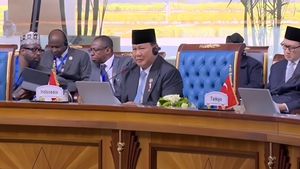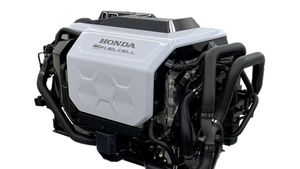JAKARTA - Electric motorbikes have now experienced a significant increase in performance. However, there are still challenges in achieving the level of power and speed that is equivalent to an ICE motorcycle. Manufacturers need to develop technology that can provide fast acceleration and reliable performance for riders.
In addition, another challenge is creating a motorcycle design that can accommodate an electric battery with sufficient capacity to provide sufficient mileage. Limited space on motorcycles makes it difficult to place a large enough battery to provide the required power.
Jochen Zeitz, CEO of Harley-Davidson, said the company is not ruling out anything as the motorcycle industry shifts to more sustainable practices to tackle climate change.
In an exclusive Q&A session with MCN during the company's 120th-anniversary celebrations in Budapest, the Chairman, President, and CEO spoke about the difficulties encountered in electric motor design - with the design team limited by the availability of storage space inside.
"We are not an industry that sells trillions of cars every year," said Zeitz, quoted from MCN, July 12.
Zeitz admits that the motorcycle industry is more specific and more complicated. He explains that designing motorcycles is almost like being in the airplane business. According to Zeitz, cars are relatively easier than motorbikes. In a motorcycle, there are only two wheels and limited space to store all the necessary technology in a compact battery and powertrain, while still being able to charge quickly and have sufficient range.
Harley-Davidson has entered the electric motorcycle market with the launch of the first LiveWire in 2019. Today, the name represents the sub-brand (formerly known as Harley LiveWire) alongside the HD range of petrol motorcycles. LiveWire One will soon be accompanied by S2 Del Mar.
Furthermore, Zeitz also talked about other decarbonization options, such as e-fuels, before concluding that overall he is not sure about what the future of the motorcycle industry will look like.
Zeitz explained that investment in technology and infrastructure has limitations. There is an existing infrastructure for the fuel, so if there is an opportunity to make use of it in the long term, there may be other options to complement electricity.
VOIR éGALEMENT:
He added that at this point it was still unknown. There is likely to be a shortage of precious metals and other factors that could affect the industry, so recycling will be important. Hence, they did not wish to close the door on any option.
"From my perspective, we have made the decision to invest in electric vehicles, but we are not ruling out anything especially if there is still a way to use the combustion engine," he concluded.
The English, Chinese, Japanese, Arabic, and French versions are automatically generated by the AI. So there may still be inaccuracies in translating, please always see Indonesian as our main language. (system supported by DigitalSiber.id)



